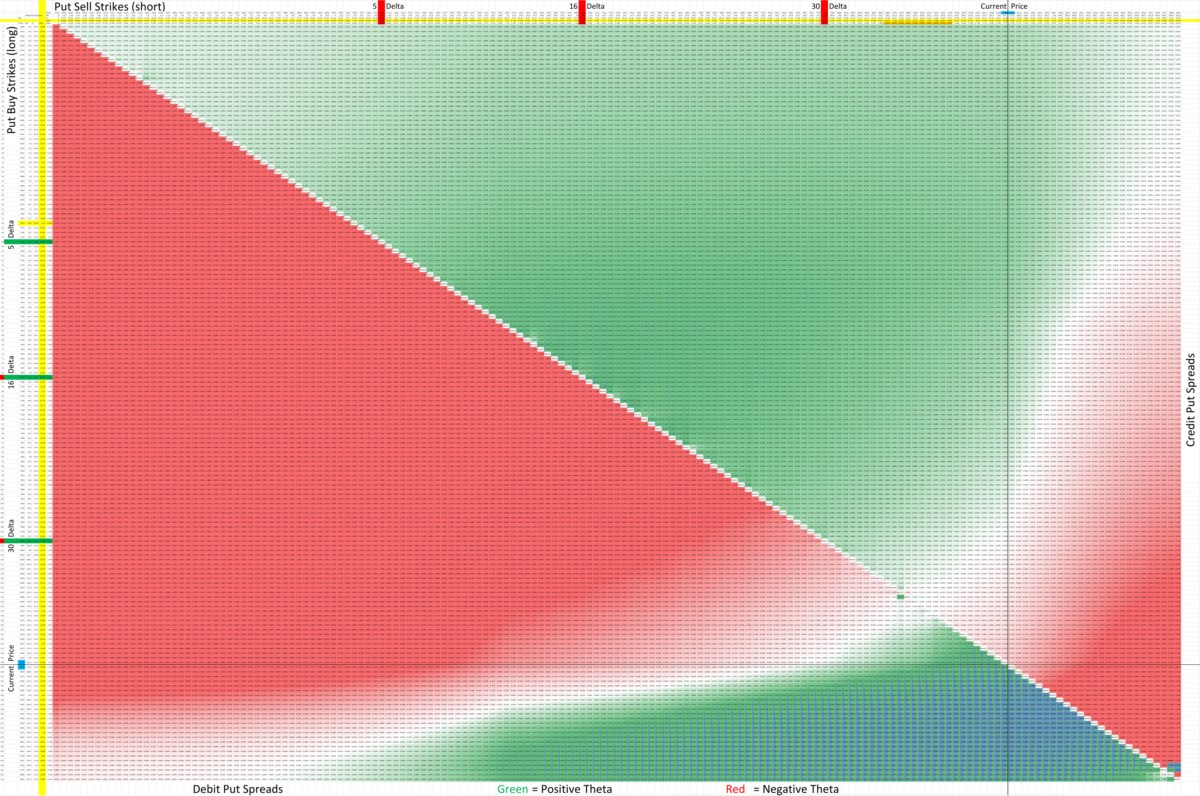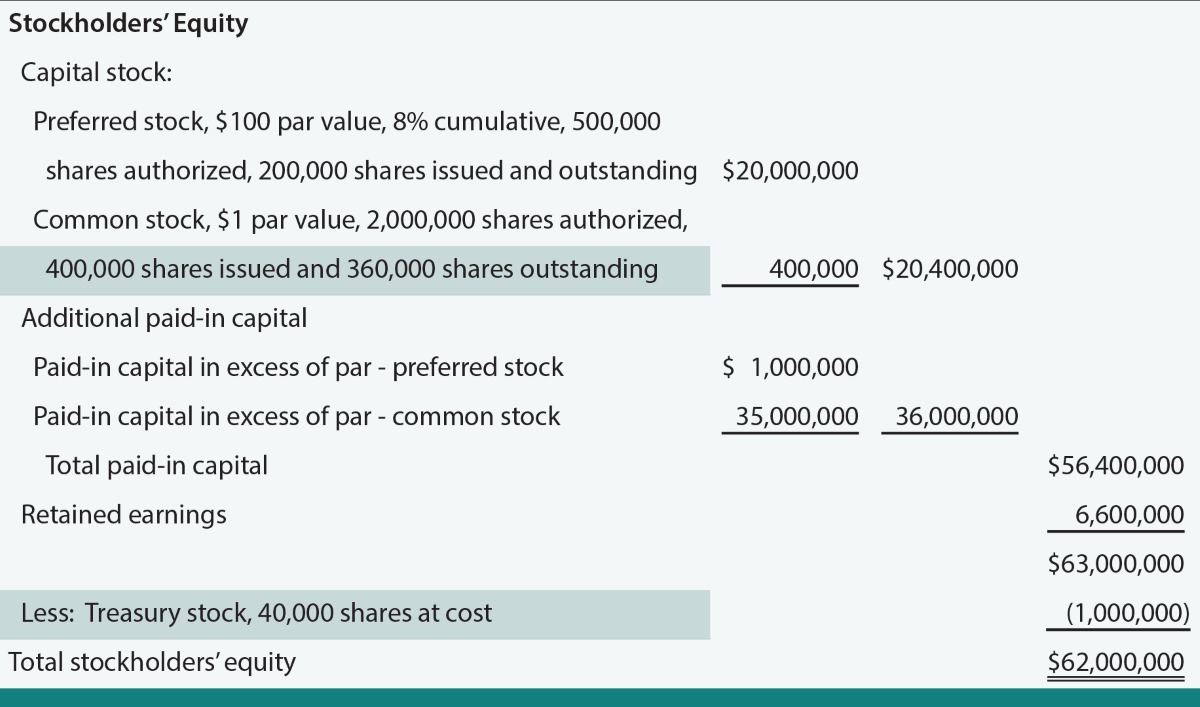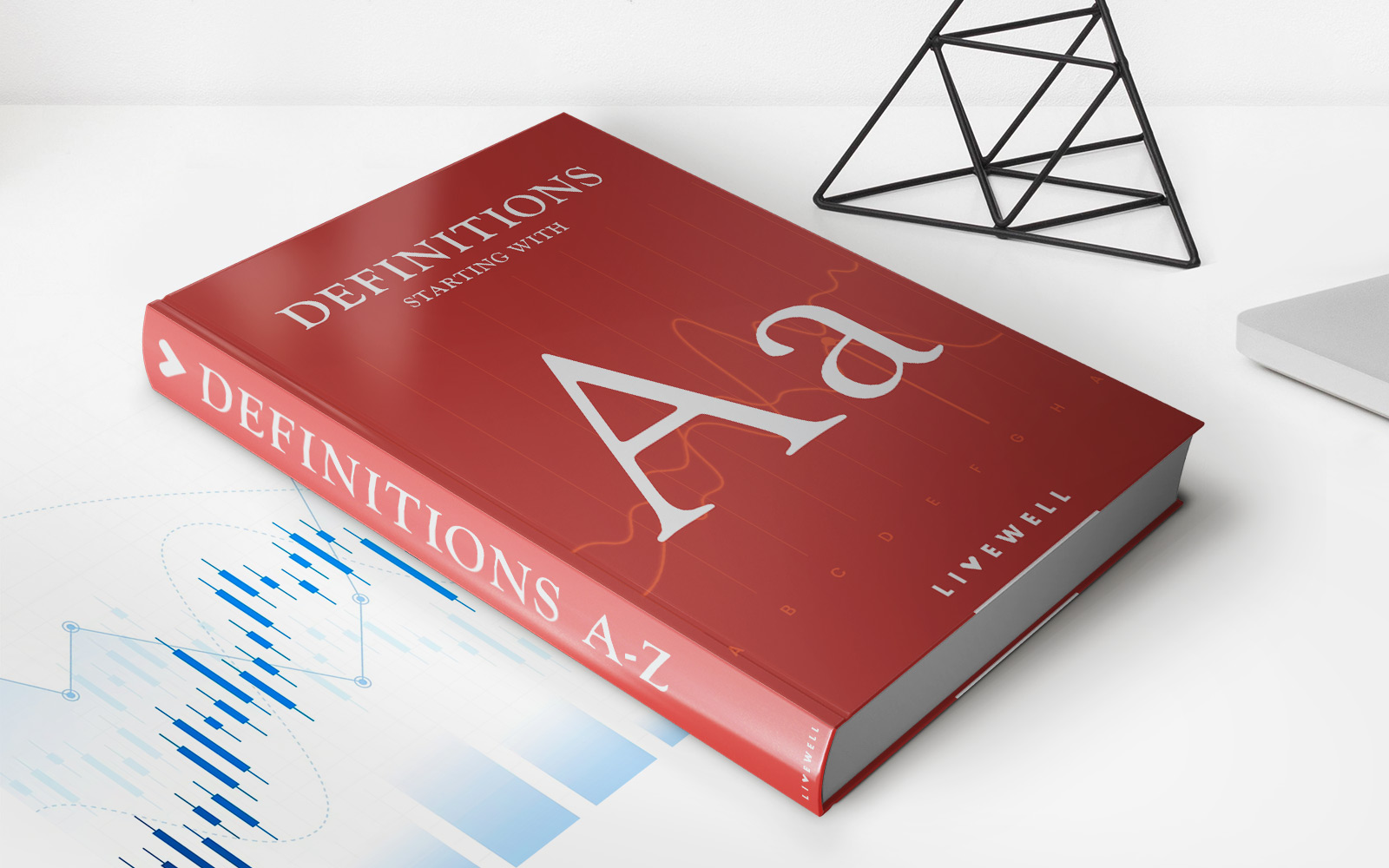

Finance
Discount Spread Definition
Published: November 12, 2023
Learn the definition of discount spread in finance and how it impacts investments. Discover how this financial concept can help maximize your returns.
(Many of the links in this article redirect to a specific reviewed product. Your purchase of these products through affiliate links helps to generate commission for LiveWell, at no extra cost. Learn more)
Understanding the Discount Spread: A Key Financial Concept Explained
Gaining a solid understanding of financial terms and concepts is crucial for anyone looking to navigate the complex world of finance. One such concept that plays a vital role in financial transactions is the discount spread. If you’ve ever wondered about the meaning and implications of discount spread, you’re in the right place. In this blog post, we will define discount spread, explore its significance, and shed light on its various applications. By the end, you’ll have a clearer understanding of this key financial term.
Key Takeaways:
- The discount spread is the difference between the value of a security when purchased at a discounted price and its face value at maturity.
- It is a measure of the potential return an investor can earn by purchasing a security below its face value.
So, what exactly is a discount spread? In simple terms, it is the difference between the price at which a security is purchased and its face value at maturity. When a security is sold at a discount, it means that the purchase price is lower than the value the security will have when it matures.
Here’s an example to illustrate this concept. Let’s say you purchase a bond with a face value of $1,000 for $900. The discount spread, in this case, would be $100 ($1,000 – $900). This means that by buying the bond at a discounted price, you have the potential to earn an extra $100 when the bond reaches maturity.
The discount spread serves as a measure of the potential return an investor can earn by purchasing a security below its face value. This can offer significant advantages, such as additional income or a higher overall return on investment. However, it’s important to note that higher discount spreads also come with increased risks.
Now that we understand what a discount spread is, let’s explore its various applications. Discount spreads are commonly found in bond markets, where bonds are often sold at prices below their face value. However, they can also be found in other financial transactions and investment opportunities.
Here are some key applications of the discount spread:
- Fixed-income securities: Bonds are a prime example of fixed-income securities that are commonly sold at a discount, allowing investors to potentially earn additional returns.
- Asset-backed securities: Mortgage-backed securities and other asset-backed securities are often sold at discounted prices.
- Treasury bills: These short-term debt instruments are also issued at a discount.
- Discounted cash flow (DCF) analysis: In financial modeling, the discount spread is employed in DCF analysis to calculate the intrinsic value of an investment.
In conclusion, understanding the concept of discount spread is crucial for anyone involved in finance. It provides insights into the potential returns and risks associated with various financial instruments. By recognizing the significance of discount spreads, investors can make more informed decisions and seize opportunities to maximize their returns.
Remember, the discount spread is just one of many financial concepts to explore, but acquiring knowledge and understanding about these concepts is a valuable step towards financial literacy and success.














